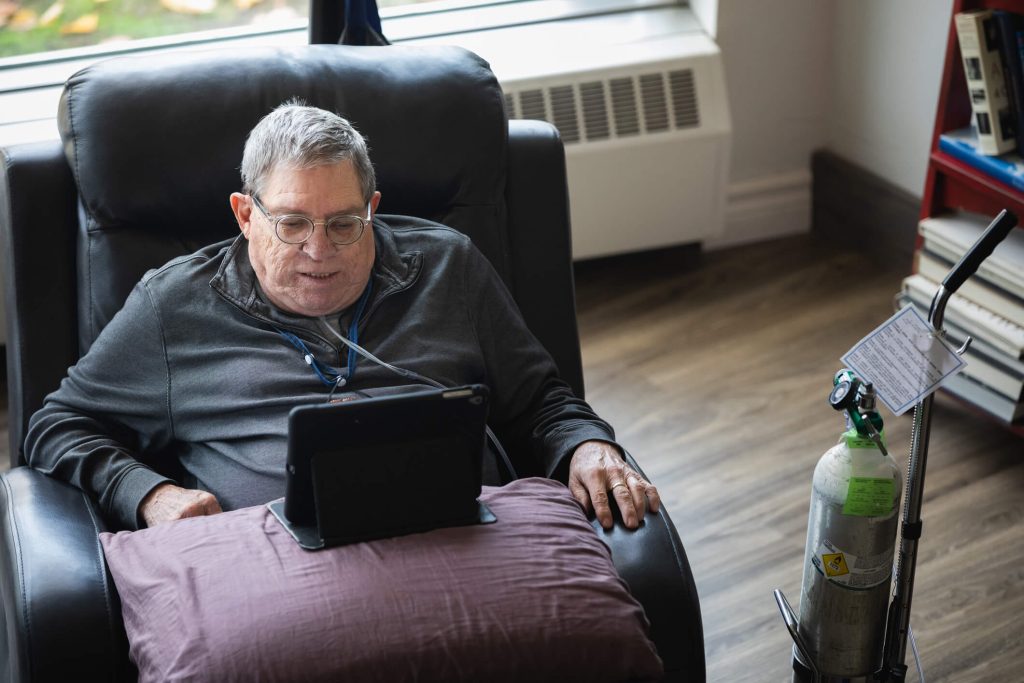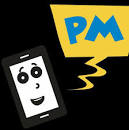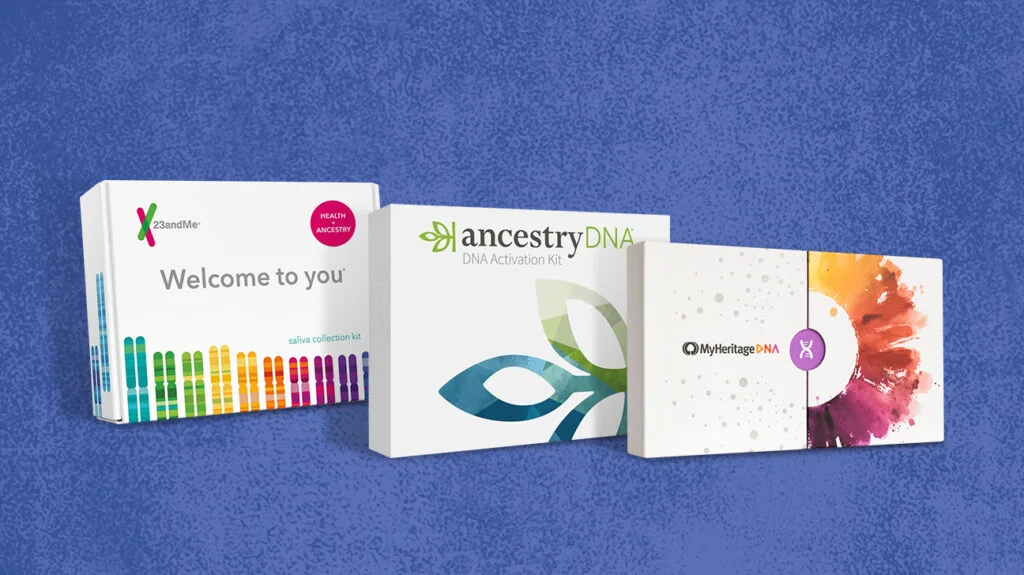Chronic Obstructive Pulmonary Disease (COPD) is a progressive lung condition marked by persistent respiratory symptoms such as difficulty breathing, chronic coughing, chest tightness, and shortness of breath. Often mistaken for asthma or seasonal allergies, COPD affects more than 16.4 million Americans and is one of the leading causes of hospital admissions related to lung disease.
COPD includes conditions like emphysema and chronic bronchitis. While the disease is not curable, it is manageable, and with the right care plan — especially one that can be implemented at home — individuals can lead healthier, more comfortable lives.

The Role of Home Healthcare in COPD Management
Empowering Patients with In-Home COPD Care
Effective COPD management starts at home. With the support of professional home health services, patients are empowered to stay on top of their symptoms and reduce the risk of emergency interventions. BAYADA Home Health Care at Bayhealth delivers an interdisciplinary, patient-centered approach that brings skilled medical professionals directly to the patient’s residence.
What to Expect from Home Healthcare Support
Patients who receive in-home care through Bayhealth benefit from a wide array of services designed to stabilize their condition and promote long-term health:
- Nursing Support: Nurses evaluate medication compliance, monitor oxygen and nebulizer usage, and educate patients on self-management techniques.
- Physical Therapy: Therapists develop tailored exercise programs to strengthen the lungs, increase stamina, and conserve energy during daily tasks.
- Occupational Therapy: Focuses on enhancing mobility and safety in the home environment.
- Nutrition Counseling: A registered dietitian guides patients on how to adopt a lung-friendly diet that can reduce inflammation and maintain a healthy weight.
- Care Coordination: Seamless communication among doctors, pharmacists, and family caregivers ensures a cohesive care plan.
Key Components of At-Home COPD Management
1. Medication and Equipment Monitoring
Proper use of medications and respiratory equipment is critical. Nurses verify patients are:
- Taking prescribed medications on time
- Correctly using inhalers and nebulizers
- Appropriately utilizing supplemental oxygen, if prescribed
Medication mismanagement can lead to flare-ups and hospital readmissions, which is why ongoing home monitoring plays such a vital role.
2. Symptom Tracking and Flare-Up Prevention
One of the greatest benefits of home health support is helping patients recognize the early signs of a COPD exacerbation. These signs may include:
- Increased shortness of breath
- More frequent coughing spells
- Change in mucus color or thickness
- Unusual fatigue or swelling in the legs
Teaching patients to catch these signs early allows them to take action quickly, potentially avoiding ER visits.
3. Customized Exercise and Energy Management
Physical and occupational therapists help patients build strength without overexertion. Common goals include:
- Increasing walking distance or time
- Learning techniques for controlled breathing
- Developing energy-saving strategies for cooking, bathing, or climbing stairs
Even small improvements in mobility can lead to better overall lung performance and reduce dependency.
4. Personalized Nutrition Guidance
What COPD patients eat affects how they breathe. Dietitians offer strategies that may include:
- High-protein meals for strength and immune support
- Low-sodium options to prevent fluid retention
- Smaller, more frequent meals to reduce breathlessness while eating
Benefits of Home-Based COPD Care
- Convenience: Reduces the need to travel to clinics or hospitals
- Comfort: Patients recover and manage their condition in their own familiar space
- Prevention: Early intervention helps prevent complications
- Education: Ongoing teaching empowers patients and caregivers
When to Seek Medical Attention
While home management is effective for many, certain signs require immediate medical evaluation:
- Rapid worsening of symptoms
- Inability to catch your breath while at rest
- Chest pain or tightness unrelieved by medication
- Blue lips or fingers (cyanosis)
- High fever or confusion
These could indicate a severe exacerbation or a secondary infection and should never be ignored.
Frequently Asked Questions:
Q1: What is COPD and how does it affect the lungs?
A: COPD is a chronic lung disease that causes breathing problems due to obstructed airflow. It includes emphysema and chronic bronchitis and can worsen over time if not managed properly.
Q2: How can home healthcare help with COPD?
A: Home healthcare provides medical monitoring, physical therapy, dietary support, and education to help manage symptoms and prevent hospitalizations.
Q3: What are common signs of a COPD flare-up?
A: Increased shortness of breath, persistent coughing, changes in mucus, fatigue, and chest discomfort. These signs should be addressed immediately.
Q4: Can diet improve COPD symptoms?
A: Yes. Eating nutrient-rich, anti-inflammatory foods and avoiding large meals can ease breathing and improve energy levels.
Q5: Is in-home care covered by insurance?
A: Many insurance providers, including Medicare, cover home health services for eligible patients. It’s best to confirm with your provider or Bayhealth representative.




